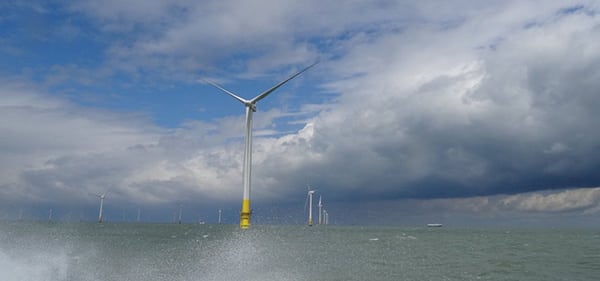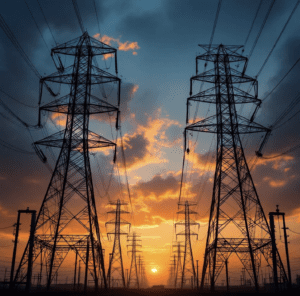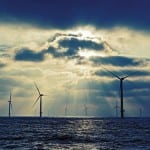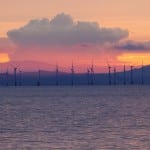In the UK this August, two massive offshore wind developments were thrown into tumult.
A consortium that secured the UK government’s approval in early August to build an array of offshore wind farms in the Dogger Bank development off the east coast of Yorkshire said it would proceed with only four projects instead of the original six. Developers of the East Anglia offshore wind projects in the North Sea also revised development plans.
The Forewind consortium, comprising developers SSE, RWE Innogy, Statkraft, and Statoil had originally planned to develop six 1.2-GW offshore wind projects: Dogger Bank Creyke Beck A and B, and Dogger Bank Teesside A, B, C, and D. In early August, it secured approval from the British Planning Inspectorate for the development of Teesside A and B, but just a week later, the consortium announced it had reached an agreement to cease work on a consent application for Dogger Bank Teesside C and D. This means that rights to develop that area of seabed have been returned to the Crown Estate (which owns offshore land in the UK).
The projects are a “huge commitment and will require significant resources and attention from the owner companies to progress to the next stages,” the consortium said. Total capacity of the four projects stands at 4.8 GW, almost equal to the total of all offshore wind farms currently in operation in the UK, Forewind noted.
Meanwhile, Iberdrola subsidiary ScottishPower Renewables and Vattenfall announced they have decided to end their cooperation in developing up to 7.2 GW of offshore wind in the East Anglia Zone, which the companies had jointly secured approval for from the Crown Estate. Each will now independently develop half of the overall capacity.
ScottishPower Renewables is developing the 714-MW East Anglia I project, which has already secured planning consent and a contract for difference. The 1.2-GW East Anglia III wind farm is also in development; a planning submission is expected to be made by the end of the year. The company is negotiating with the Crown Estate on other projects in the southern area. Vattenfall will take on the 1.2-GW East Anglia IV project in the northern area and is also in discussions with the Crown Estate to further define other projects.
The Crown Estate plans to have at least 10 GW of offshore wind capacity in the water by 2020 (Figure 4). Industry observers aren’t as optimistic, pointing out that the UK’s new Conservative government has announced plans to end its renewables obligation support for onshore wind by April 2016—a year earlier than planned. The government has hinted it would prevent onshore wind projects from entering the next contract for difference auction, which is the support mechanism that is to replace the renewables obligation. Under a contract for difference, the government offers renewable power producers an agreed price for their power, paying any difference between the wholesale price and a “strike price” through a tax on energy bills.
The government has postponed the next round of contract for difference auctions in a bid to tighten cost controls over the regime.
—Sonal Patel is a POWER associate editor.











